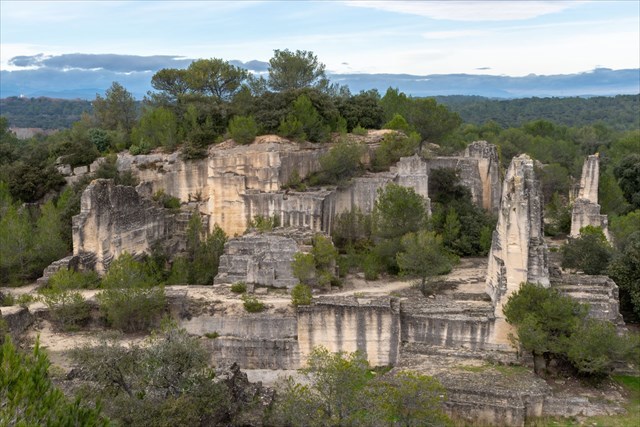

Définition
Nom donné à des roches sédimentaires carbonatées, constituées en proportion importante par des coquilles de grands organismes animaux.
Ces coquilles appartiennent le plus souvent à des mollusques (principalement bivalves ou gastropodes) ou à des brachiopodes; mais il peut s’y trouver aussi d’autres organismes, tels que foraminifères, échinodermes, crustacés.
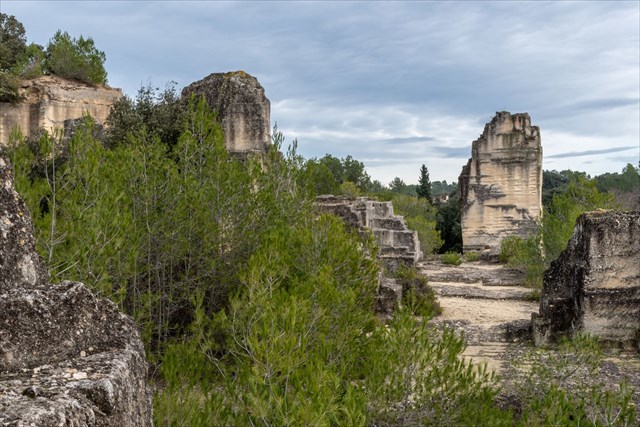
Géologie
Ils ont été créés il y a plus de 20 millions d’années. A cette époque se formait la mer Miocène ou mer du « milieu » qui recouvrait le Bas Languedoc et séparait le continent Européen de l’Afrique. Le retrait partiel de cette mer Miocène, il y a 15 millions d’années, a laissé des dépôts de très nombreux coquillages et autres habitants des fonds marins. Ces fossiles de coquillages ont formés une strate de calcaires appelée le Burdigalien.
Les calcaires coquilliers fossiles sont presque toujours le résultat d’une sédimentation marine, intervenue sous une faible profondeur d’eau ou à courte distance d’un ancien rivage, et ils constituent de ce fait un précieux indicateur pour les reconstitutions paléogéographiques.
Ces calcaires (de même que les grès ou les sables coquilliers) sont souvent la conséquence d’une accumulation d’organismes ayant vécu à quelque distance du lieu de sédimentation et ayant donc subi une certaine altération sous l’effet du brassage par les eaux courantes, parfois même un véritable transport, avec triage, sous l’effet de courants permanents. Cela est particulièrement évident lorsque les coquilles sont brisées, dissociées ou érodées : les calcaires à entroques constituent un exemple typique de tels dépôts organodétritiques ; par contre, les lumachelles sont généralement en rapport avec des amas d’organismes ayant vécu sur place, fixés les uns aux autres en bancs serrés (comme le sont actuellement les bancs d’huîtres). Les calcaires renfermant en grand nombre des petits mollusques variés (spécimens jeunes ou espèces petites et fragiles), principalement des gastropodes ou des petits bivalves byssifères, sont l’indice d’anciennes prairies d’algues, où ces organismes trouvaient à la fois leur support et leur nourriture.
L’abondance de mollusques fouisseurs dans un sédiment fin est révélatrice d’anciens fonds meubles vaseux ; les grosses espèces massives, solidement fixées ou à forte adhérence pédieuse, sont au contraire l’indice de fonds anfractueux durs.
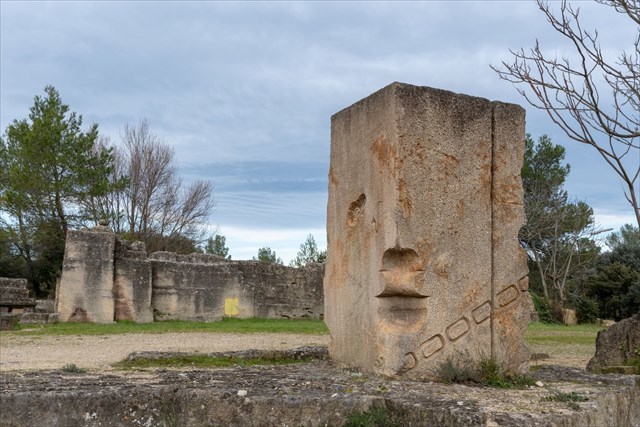
Utilisation
Du point de vue économique, les calcaires coquilliers se trouvent exploités pour la fabrication de la chaux dans la mesure où ils sont suffisamment purs. Ils peuvent être localement utilisés pour l’empierrement.
Les bancs non gélifs (gélif : qui se fend, se désagrège sous l'effet du gel) sont recherchés pour la pierre de taille et surtout pour la pierre marbrière, dont les fossiles inclus permettent d’obtenir des effets décoratifs spéciaux.
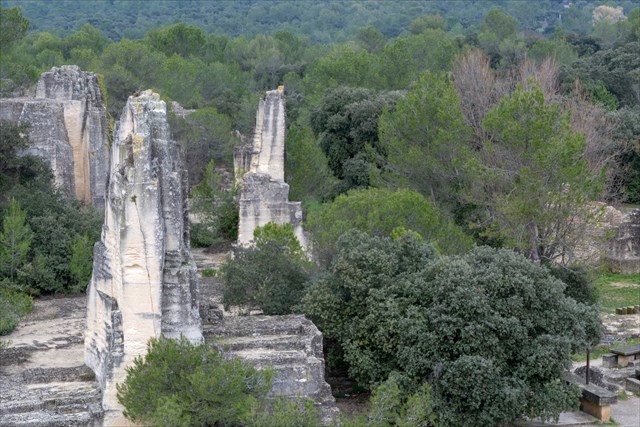
Sur place
Au PZ, vous trouverez un panneau explicatif sur le calcaire coquillier (il n'y a pas de question relative à ce panneau.
Les autres PR sont dans l'ancienne carrière. Vous pourrez y admirer le travail de l'homme sur la nature et quelques réalisations faites par des artistes.
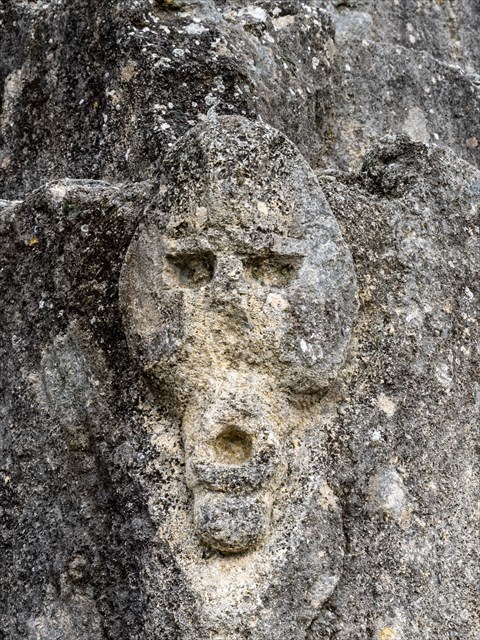
Pour valider la cache
-- Conformément aux guidelines de Groundspeak --
Envoyez-moi vos propositions de réponses soit via mon profil, soit via la messagerie geocaching (Message Center), PUIS loguez cette cache 'Found it'. Je vous contacterai en cas de problème.
Vu le nombre de logs que je reçois sans message, tout log posté sans avoir envoyé les réponses aux questions sera supprimé sans avertissement.
1. Expliquez avec vos mots le processus de création du calcaire coquillier.
2. Au PZ, à gauche du panneau, il y a une coquille. Est-elle concave ou convexe ?
3. Au PR1 (colonne), décrivez la structure de la pierre. Pourquoi est-elle dans cet état ?
4. [Optionnel] Une photo de vous et/ou de votre GPS sur le site (à inclure dans le log.)
|

Definition
Name given to carbonate sedimentary rocks, constituted in large proportion by shells of large animal organisms.
These shells mostly belong to molluscs (mainly bivalves or gastropods) or brachiopods; but there may also be other organisms, such as foraminifera, echinoderms, crustaceans.
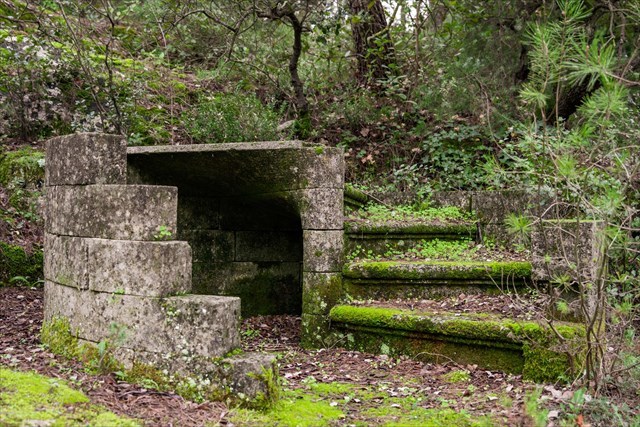
Geology
They were created more than 20 million years ago. At that time was formed the Miocene sea or sea of the "middle" which covered the Lower Languedoc and separated the European continent from Africa. The partial withdrawal of this Miocene sea, 15 million years ago, left deposits of very numerous shells and other inhabitants of the seabed. These shellfish fossils formed a layer of limestone called the Burdigalian.
Fossil shellfish limestones are almost always the result of marine sedimentation occurring under a shallow depth of water or a short distance from an ancient shoreline and are therefore a valuable indicator for palaeogeographic reconstructions.
These limestones (as well as sandstones or shells) are often the result of an accumulation of organisms that have lived some distance from the sedimentation site and have therefore undergone some alteration under the effect of mixing by running water , sometimes even a real transport, with sorting, under the effect of permanent currents. This is particularly evident when the shells are broken, dissociated or eroded: entaxed limestones are a typical example of such organodetritic deposits; on the other hand, the lumachelles are generally related to clusters of organisms that have lived on the spot, fixed together in tight shoals (as are the oyster beds). The limestones containing large numbers of small molluscs (young specimens or small and fragile species), mainly gastropods or small byssiferous bivalves, are indicative of ancient meadows of algae, where these organisms found both their support and their food.
The abundance of burrowing molluscs in a fine sediment is indicative of old muddy sediments; the large massive species, solidly fixed or with strong pedal adhesion, are on the contrary the index of hard antifractous bottoms.
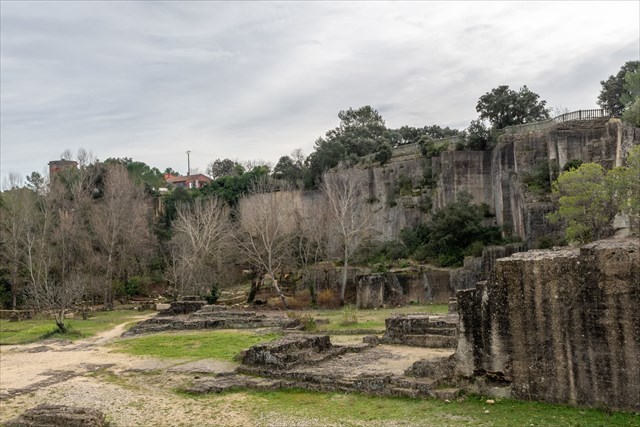
Uses
From an economic point of view, shellfish limestones are used for the manufacture of lime to the extent that they are sufficiently pure. They can be used locally for metalling.
Non-gelling benches (gelif: which crack, disintegrate under the effect of frost) are sought for the cut stone and especially for the marble stone, whose fossils included make it possible to obtain special decorative effects.
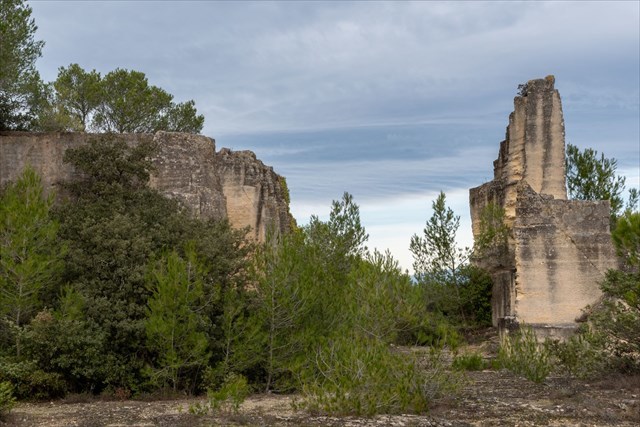
The site
At the PZ, you will find an explanatory panel on the shell limestone (there is no question about this panel).
The other PR are in the old quarry. You can admire the work of man on nature and some achievements made by artists.
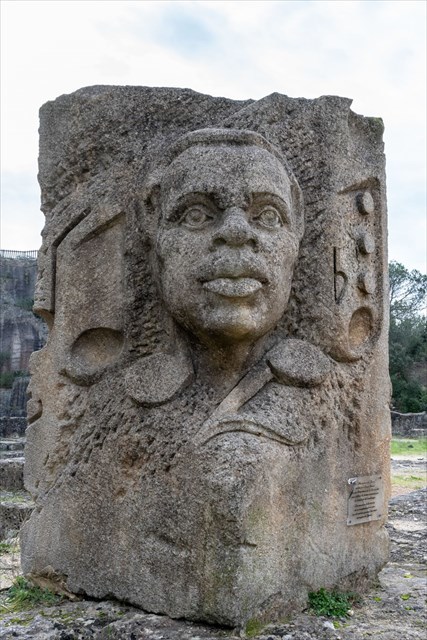
To validate the cache
-- In accordance with Groundspeak guidelines --
Send me your suggested answers via my profile either via messaging geocaching (Message Center), THEN log this cache 'Found it'. I will contact you in case of problems.
Given the number of logs I receive without a message, any log posted without having sent the answers to the questions will be deleted without warning.
1. Explain with your words the process of creating shell limestone.
2. At the PZ, to the left of the panel, there is a shell. Is it concave or convex?
3. At the PR1 (column), describe the structure of the stone. Why is it in this state?
6. [Optional] A picture of you and/or your GPS (to be included to the log)
|